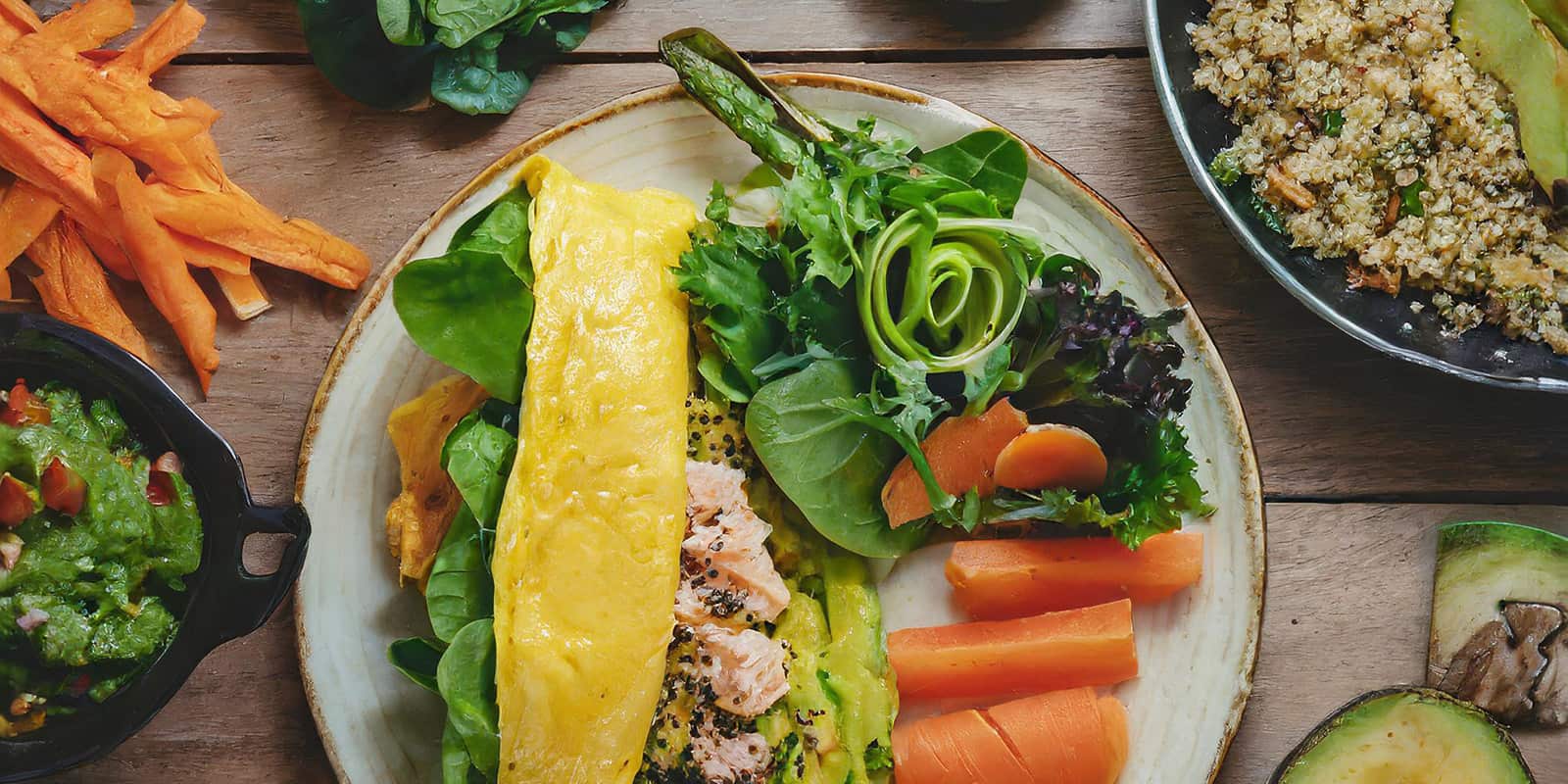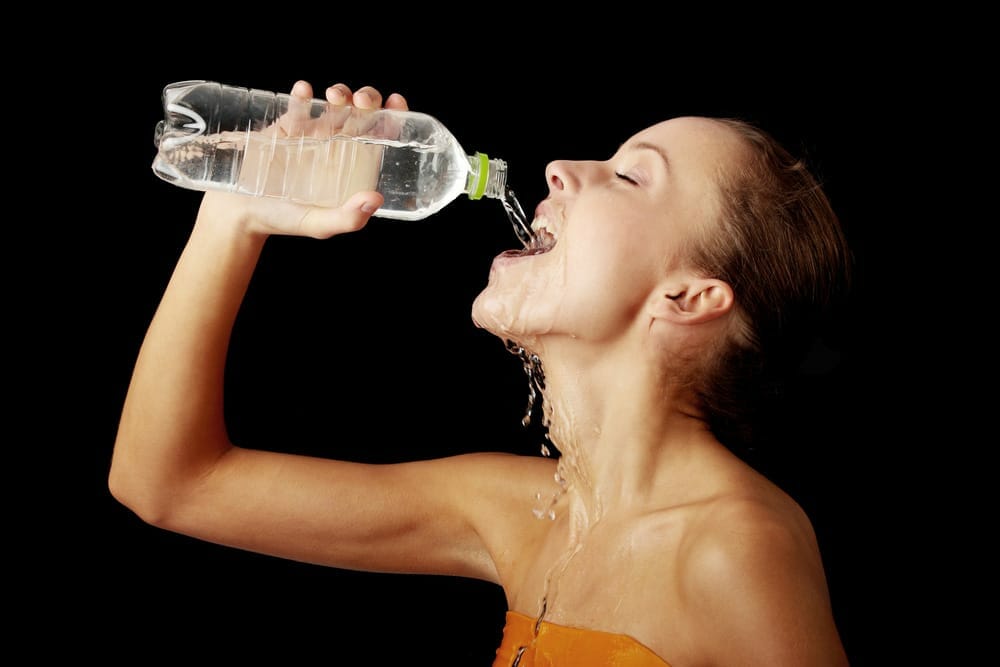
Histamine is often portrayed as a harmless hormone that produces sneezing and itchy eyes when people come into contact with flowers or freshly cut grass. However, histamine is much more than that. A few years back, its true importance was acknowledged as a neurotransmitter, meaning it’s been recognised as having a lot more sway and control over a host of the body’s operations. Believe me, I know. Here’s a disgusting personal account of some of the symptoms that caused me to research this. But in the course of this, I found a low histamine diet will do many things beyond reducing some unpleasant symptoms. Eg,
- Enhance gut health, reducing inflammation and increasing support for a balanced microbiome.
- Improves digestion and strengthens immunity.
- Promotes healthier skin by reducing flare-ups of conditions like eczema and acne.
- Supports mental well-being by potentially reducing symptoms of anxiety and depression.
- Encourages a focus on fresh, whole foods, fostering a nutritious eating pattern for long-term vitality.
Histamines are like the drama queens of your immune system, causing chaos and mayhem when they’re not kept in check. And some foods? They’re like the stage directors, amplifying the drama. Here’s the worst of the worst.
- Alcohol (esp, champagne, and wine.)
- Aged cheeses (like cheddar, parmesan, and blue cheese)
- Fermented foods (such as sauerkraut, kimchi, and kombucha)
- Cured meats (like salami, pepperoni, and bacon)
- Shellfish (such as prawns, crab, and lobster)
- Smoked or pickled fish (like smoked salmon and pickled herring)
- Citrus fruits (including oranges, lemons, and grapefruits)
- Vinegar and foods containing vinegar (like pickles and mustard)

Don’t even think about it…
But here’s where it gets fucked up. Meet DAO (diamine oxidase), your body’s histamine bouncer. It’s the enzyme responsible for breaking down histamines and keeping the peace. Trouble is, certain foods can put the brakes on DAO production, leaving you vulnerable to histamine overload.
Foods that repress DAO production:
- Alcohol (sorry, guys, time to cut back)
- Energy drinks (ditch ’em for something healthier)
- Tea and coffee (try swapping for herbal options)
- Processed and high-sugar foods (let’s opt for whole foods instead)
Typical Day’s Eating on a Low Histamine Diet
- Breakfast: Omelette with fresh spinach and avocado
- Snack: Sliced mango with almond butter
- Lunch: Turkey lettuce wraps with cucumber and bell pepper
- Snack: Carrot sticks with guacamole
- Dinner: Grilled salmon with steamed asparagus and quinoa
Beyond symptom relief, adopting a low histamine diet offers a myriad of benefits. Firstly, it can enhance overall gut health by reducing inflammation and promoting a balanced microbiome. This, in turn, can bolster immunity and improve digestion. Additionally, a low histamine diet may contribute to better skin health, with fewer flare-ups of conditions like eczema and acne. Moreover, it can support mental well-being, as histamine levels have been linked to mood disorders like anxiety and depression. Lastly, embracing this dietary approach encourages a focus on fresh, whole foods, fostering a nutritious eating pattern that promotes long-term vitality.




